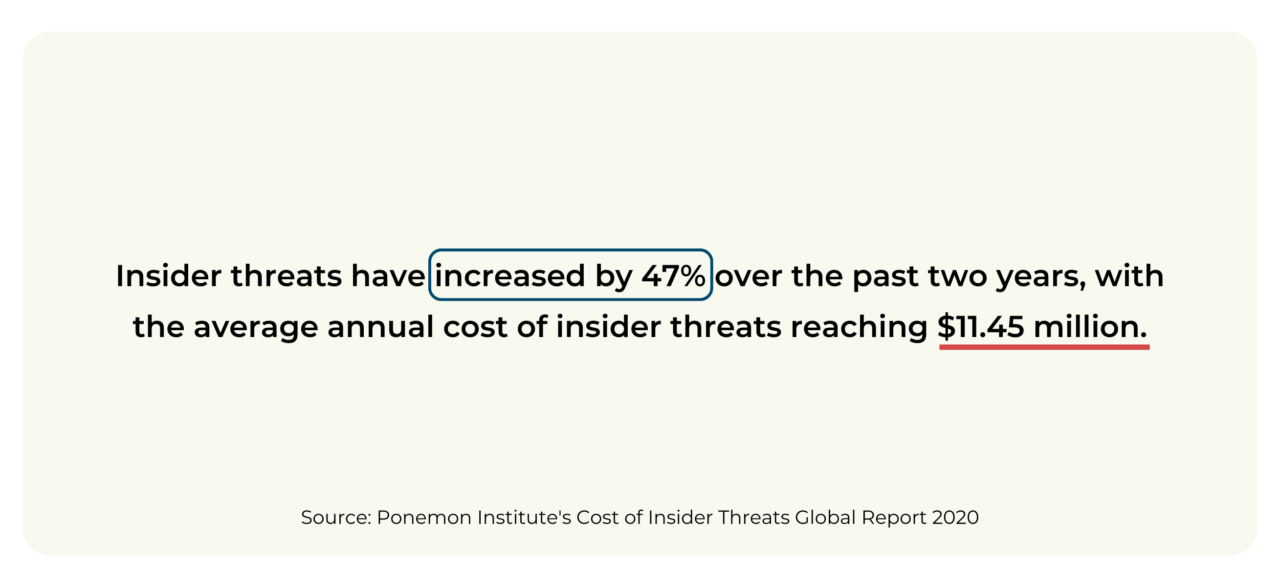Balancing Collaboration and Information Management: Restricting Document Uploads in Teams

In the digital workplace, collaboration tools such as Microsoft Teams have become essential for communication and cooperation among employees. However, a challenge often faced by organizations is managing the balance between enabling effective collaboration and maintaining control over information management. A particularly contentious aspect of this is the policy on allowing employees to upload documents directly to these platforms.
The Case for Restrictions
Some organizations are hesitant to allow all employees to upload documents freely to chat and team channels. The main concern? Storage management. Documents can quickly accumulate, cluttering shared drives and making it difficult to find relevant information when needed. This not only impacts the usability of these platforms but also adds to the operational costs, as more storage means higher expenses.

Furthermore, unrestricted uploads can lead to potential security risks. Sensitive information might be inadvertently shared or exposed to unauthorized personnel. Companies, therefore, implement stricter controls to mitigate these risks, ensuring that only relevant and necessary documents are shared on these platforms.
Impact on Collaboration
While the rationale behind restricting document uploads is grounded in valid concerns of information management and security, it is important to consider the impact on employee collaboration and productivity. Collaboration tools are designed to facilitate quick sharing of ideas and resources. When employees are unable to share documents directly, it can hinder the fluidity of teamwork, forcing team members to rely on less efficient methods of sharing information.
For instance, if an employee needs to share a draft document with a colleague for quick feedback, restrictive policies could significantly slow down the process. This not only frustrates employees but can also delay project timelines. In the fast-paced business environment, agility and quick decision-making are often key to success. Restrictions that inhibit these capabilities may ultimately hamper a company’s ability to innovate and respond to market changes.
Finding the Right Balance
So, how can companies manage this dilemma? The answer lies in finding a balance that supports both effective collaboration and robust information management:

- Implement tiered permissions: Not all employees may need the same level of access to upload documents. Companies can implement tiered permissions based on roles and responsibilities. This allows for control over who can upload documents while enabling necessary collaboration.
- Regular audits and clean-ups: To manage storage and ensure that only relevant documents are kept, companies can schedule regular audits of shared spaces. This helps in identifying outdated or unnecessary files that can be archived or deleted.
- Training and guidelines: Educating employees about the importance of information management and secure document sharing is crucial. Well-informed employees are more likely to adhere to best practices, reducing the risk of clutter and security breaches.
- Utilize advanced features of collaboration tools: Many modern collaboration tools come equipped with features designed to manage storage and document sharing effectively. Leveraging these features can help in maintaining a clean and organized digital workspace.
Conclusion
In conclusion, while restrictive document uploading policies are intended to protect the integrity of information management systems, they must be balanced with the need for effective collaboration. By implementing strategic controls, regular maintenance, and proper training, organizations can ensure that their teams are both productive and compliant with information management policies. The goal is to harness the full potential of collaboration tools without compromising on the organizational need for security and order.
- Topics:
- Thought Pieces










